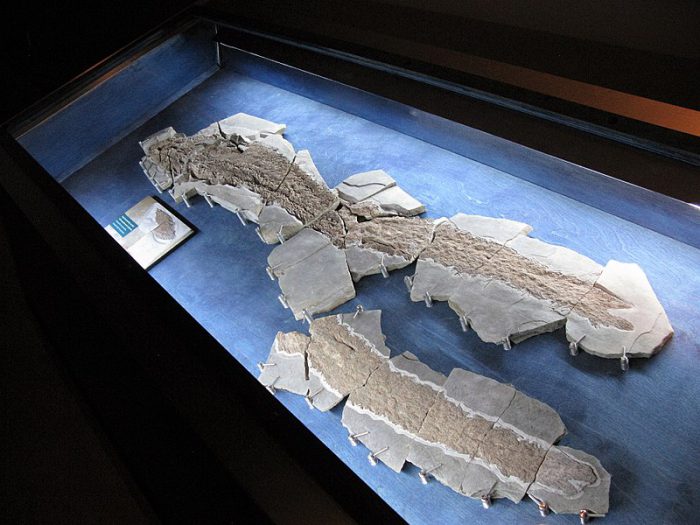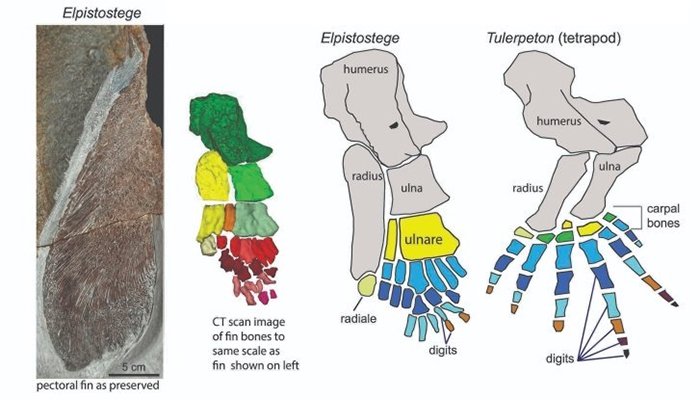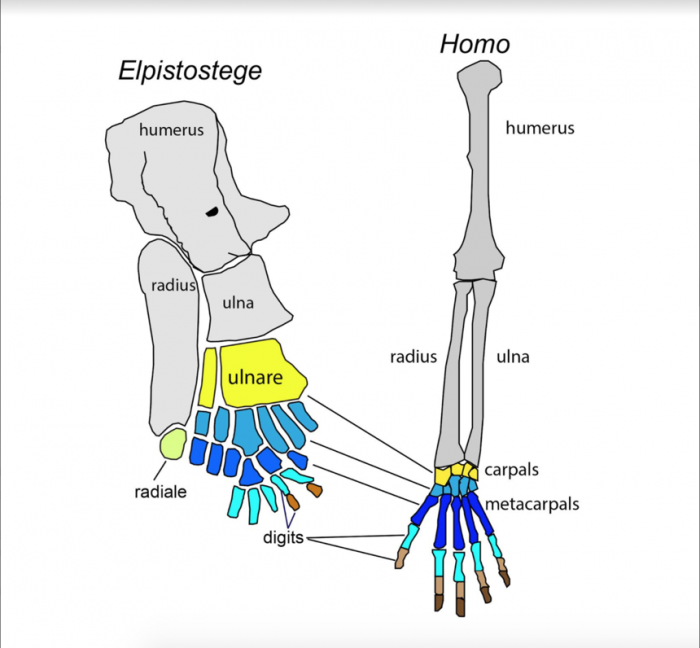Greetings fellow tetrapods, and welcome to today's OWLconnected post!
Yes, you heard us right. Tetrapods.
We are all tetrapods. And so are pretty much all of your pets, too. Meaning 'four feet' in Greek, it is what is known as a superclass of animals. It includes all reptiles, amphibians, mammals, and birds.
Look at all those tetrapods... (Getty Embed)
Yes, all birds. (Tetrapod also refers to animals that are descended from four-legged creatures and that now just have four limbs. Incidentally, an animal that walks on four legs is a quadruped.)
Yes, humans, too. (Though we are bipedal, or walk on two legs, we still have four limbs.)
Yes, even snakes. (They have tiny bone remnants of their four limbs on their skeleton and are descended for other tetrapods.)
Yes, even whales. (Though these air-breathing mammals evolved to enjoy a life at sea, they once lived on land and their skeletons show the proof.)
Tetrapods make up a lot of life on Earth. So many different creatures, all with hands and feet, fingers and toes (even if they've now evolved again into something else). Which begs the question: Where did they all come from?
Would you believe... fish?
Ancient fish fingers

The world's most complete fossil of E. watsoni. (Placoderm2/Wikimedia Commons)
Okay. In truth, a lot of us already know the majority of life on land descended from a group of ancient fish that made the journey on to land and evolved to breathe air. Scientists have been saying so for well over a century.
But which fish?
One of the biggest challenges in paleontology and evolutionary science is combing through the past and finding where big changes first occurred. Just last week, we wrote about an ancient species of dinosaur that deepens the link between them and modern birds. Now, we want to talk about Elpistostege watsoni, a 380-million-year-old ancient fish species that has the earliest evidence of fingers on an animal.
Not that you'd know it from the outside...
Put your finger on it
E. watsoni looked like many prehistoric fish of its time. It was a lobe-finned fish. These fish had fleshy fins — different from the much thinner fins that many fish have today. Though its fins were thicker, they didn't have fingers. Or even little bumps on the outer edge.
But hidden under its skin was a formation of bones that predicted the huge change that was to come. This image really lays it out.

(Richard Cloutier and John Long)
On the left is the fossilized fin of E. watsoni. Next is the CT scan (x-ray) of the fin, revealing the bones inside. Then, we have two 'hands' — one of E. watsoni, the other of an ancient tetrapod — show the bones in common between the two species.
What to take it one step further?

(Richard Cloutier and John Long)
Whoa! Neat, right?
Early beginnings
Clearly, the bones inside E. watsoni had a looooong journey ahead of them before they would evolve into the first land-dwelling animals, never mind us. This was 380 million years ago, after all. Even the very first dinosaurs were still about 140 million years away.
But the process had begun, which is super cool. Do you think that this anicent fish knew that it was on to something big? Yeah, probably not.
But we'd like to thank it anyway. Put 'er there, ol' fleshy fins!
 It's like looking in a mirror! Okay, maybe not, but E. watsoni was likely Earth's finger foundation. (Katrina Kenny)
It's like looking in a mirror! Okay, maybe not, but E. watsoni was likely Earth's finger foundation. (Katrina Kenny)










This looks cool and I like dinosaurs!
I like dinosaurs But this is weird 😆
❗ cool!